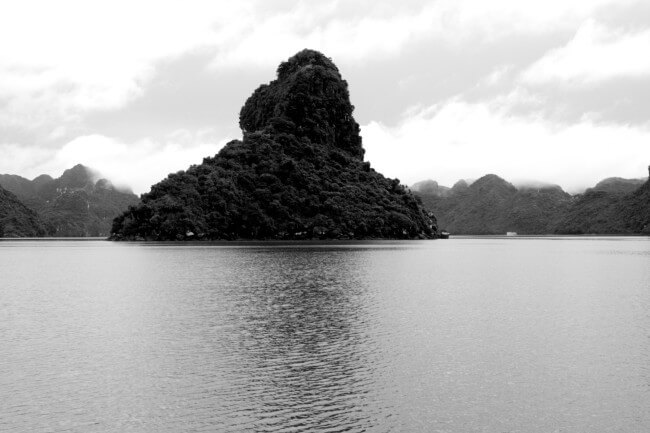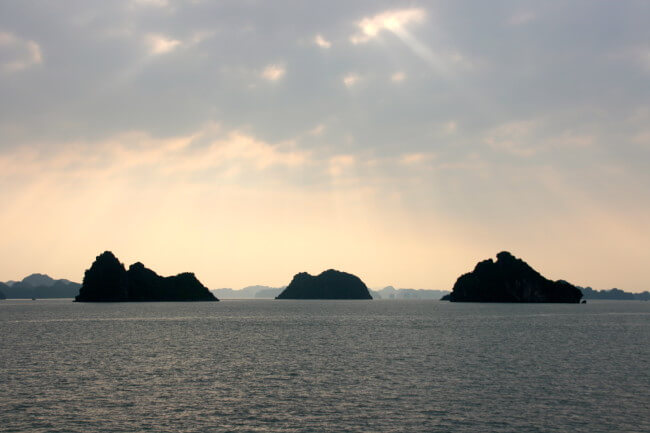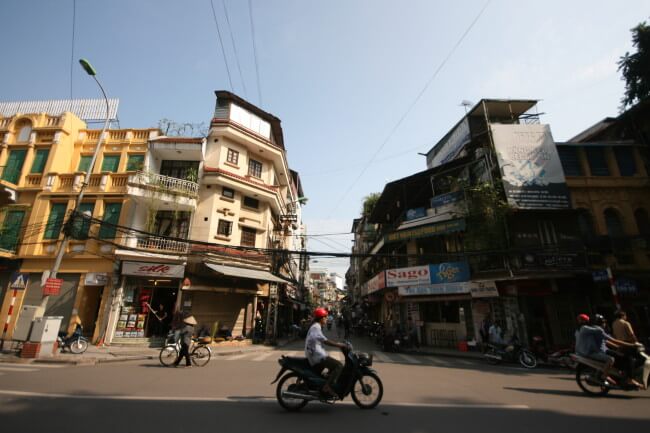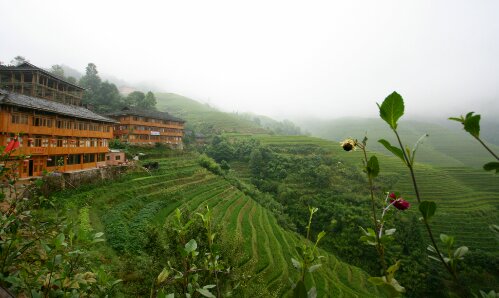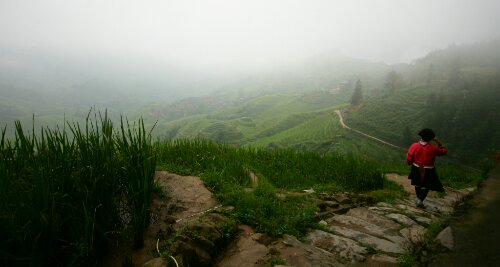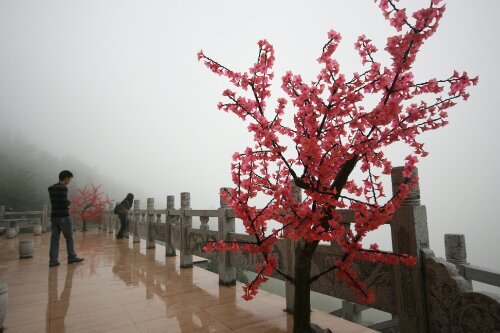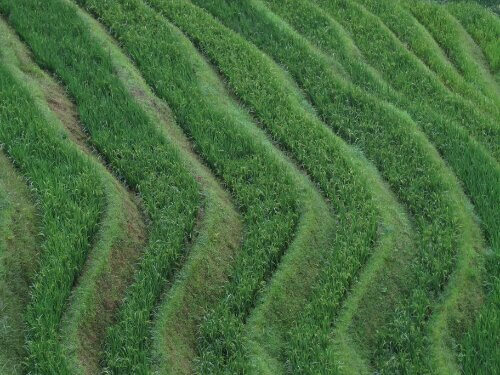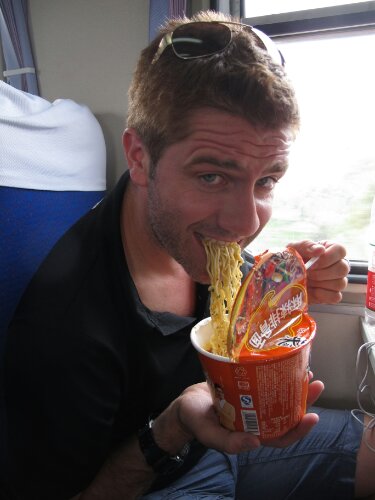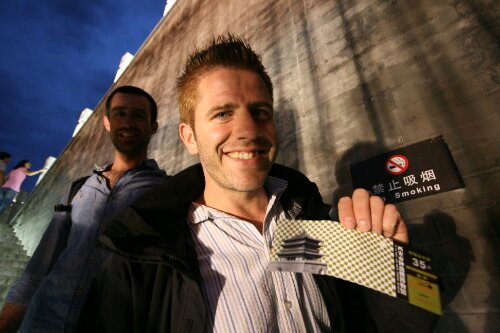The great desert sand storm. Even the hardiest Silk Road travellers feared it, the camels could tell it was coming, and many never survived it.
As if there weren’t enough perils on the road already; vagabonds and thiefs, tireless Turkmen tribes that guarded the sandy desert plains like ocean pirates, suspicious kings and emperors who could throw you into a pit of snakes as soon as you enter their city walls (true story), and then there was Mother Nature herself.
If you survived all of the above, and you didn’t die of dehydration, then the winds could get you yet.
Men who travelled the Silk Road hundreds of years ago gave horrendous accounts of sandstorms. Tales described how the wind would suddenly accelerate and change course, throwing huge fistfuls of sand at the exposed traveller, who was forced to hide under a heavy blanket and sit it out. Some would come round to find themselves half buried in the desert, for others it became their grave.
And ever since I gave the nod to travelling the Silk Road, I couldn’t help but fear the worst. The Mongoose kindly bought me some Silk Road non-fiction books for my birthday last year. There was a terrible scene with the wind, sand and a traveller in the Taklamakan Desert in China that made me put the book down in terror and pick up a map in fear. My worst conditions were confirmed; we would be crossing the Taklamakan Desert in China (aka desert of death), and it was HUGE.
“It’s different these days,” Matty tried to assure me.
“They have air conditioned buses and trains going across the desert, it will be no different to travelling any other terrain.”
But I was unconvinced. Something inside me just knew we would get to the train station to be told: “I’m sorry sir, we have no trains today, just camels. Have you a thick blanket to hide under?” (In Chinese, of course, which we would spend the next hour trying to understand before realising the horror of the situation.)
But it turns out Matty was right, kind of. We were thrown onto an old, hot, hectic, cramped train where we were to sit for 26 hours, watching the desert out of the window. Occasionally the carriage would fill up with dust and sand and everyone would rush to pull the windows down.

The conditions were deeply unpleasant but not as bad as riding a camel I reminded myself.
So, by the time we reached the Singing Sand Dunes in Dunhuang I forgotten all about my fear of being buried in sand. I was going to see some singing sand dunes, it would be nothing short of magical I thought, while also wondering what they would sing.
Only 3.5km from the centre of Dunhuang in western China, we decided to cycle to the sand dunes on some vintage bikes that we hired for 50p an hour. Doesn’t the Mongoose look impressed?

And then, suddenly, at the end of the long straight road we could see huge, towering mountains of sand. It looked both magical and unreal, as if I had accidentally walked into a Disney set.
This feeling was somewhat compounded by the ridiculous commercialisation of the dunes, which cost an almighty £12 to ‘get into’ and have a huge ticket office and landscaped car park that puts Euro Disney to shame.
But even that couldn’t detract from the marvellous scene before us, and I had to pinch myself to remind myself it was all real.

With tickets in hand, we made our way to the base of the dunes that just rise out of the ground suddenly, as if just dropped there by mistake. We kicked off our shoes and felt the familiar, comforting sensation of warm sand under our bare toes as we began our ascent.
It reminded me of those frustrating times in life… Two steps forward, one step back as my feet fell ankle-deep into the thick sand. I watched kids huffing and puffing before just giving up and rolling down the side.
What fun! The five year old inside me wanted to get involved while the 20-something exterior (yes I can still say this for three more weeks) shuddered at the thought of getting that much sand in my hair.
So we kept climbing, and sinking. And climbing, and sinking.



And then we found ourselves at the top of this giant sand dune just as the sun was making its goodbyes for the day. We found a quiet spot and bid our farewells to the wonderful burning ball of fire (I could have been a pagan sun worshipper easily, I think.)




And just as as we held our arms out to the sinking sun as it disappeared behind another dune in front of us, it happened. The wind said hello.
Without even so much of a warning, it just pelted sand at us. The tiny, innocuous grains almost felt like back of someone’s hand, stinging as it hit our backs.
“We have to get down,” cried Matty as he slid down one side of the dune for shelter. But the wind found us there too, throwing sand in our eyes, our noses and our mouths.
“The camera,” I cried, looking down at our SLR that was now covered in sand before shoving it in my bag quickly, trying not to think about it.
The Mongoose cleverly pulled up his Afghan scarf over his mouth and nose, while I messily spread my hands over my face as we raced back down the sand dune. The wind didn’t give up and the sand just felt stronger and harder with every gust.
But soon we we back on hard ground with shoes on our feet once more, talking about what dishes to order at our new favourite Szechuan restaurant in town. And as we clinked our ice cold beer bottles half an hour later, it felt only right that the Three-Must-Have-A-Beers got a taste of the almighty desert and its powerful wind.
Now we really are Silk Road travellers.
PS Our “Silk Road” journey is soon coming to an end, in just a few days time we shall find ourselves in Xi’an – the final, ancient port of trading in the east. But fret not, this blog will continue to tell our tales as we journey down south and begin a new chapter of our lives in Vietnam next month… I promise to keep you posted 🙂
PPS The sand dunes didn’t sing for me but apparently they are called so because as sand grains shuffle down the slops they produce a deep, groaning hum that can be heard for miles. Clever, huh?!
Travel Tips
Visiting the Singing Sand Dunes in Dunhuang is an absolute must if you find yourself in this corner of the world.
I recommend you do it either first thing in the morning or later in the day to avoid the burning sun that would make climbing the sand dunes bare foot all a little too painful! We were told that the hottest time of the day at the Singing Sand Dunes is in fact at about 4 – 5pm, not mid-day as you might expect.
We set off from town at about 6pm, which was perfect for watching the sunset.
We hired our bikes in Dunhuang from Mr John’s Information Cafe, and they cost 5Yuan an hour.






